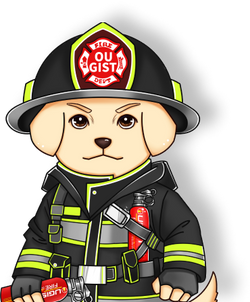Every parent's top priority is the safety of their children, especially when it comes to traveling in a car. Properly securing kids in car seats, booster seats, and seat belts is crucial to protecting them in the event of a crash. The National Safety Council (NSC) offers valuable tools and tips to ensure your children are safe while on the road. In this blog, we will explore the importance of child passenger safety and provide guidance on how to keep your little ones protected.

1. Selecting the Right Car Seat:
Choosing the appropriate car seat for your child's age, weight, and height is the first step in ensuring their safety. There are various types of car seats designed for different stages of a child's development:
-
Rear-Facing Seats: These are for infants and toddlers and provide the best protection for their head, neck, and spine in a crash.
-
Forward-Facing Seats: Suitable for older toddlers and preschoolers, these seats come with a harness to restrain the child.
-
Booster Seats: Booster seats are for children who have outgrown their forward-facing car seats but are not yet tall enough for the seat belt to fit them properly.
-
Seat Belts: Once a child reaches the appropriate height and weight, they can transition to using the vehicle's seat belts. It's essential to ensure the seat belt fits snugly across their lap and shoulder.
2. Installation Matters:
Even the safest car seat won't protect your child if it's not installed correctly. Read the car seat's manual thoroughly and follow the manufacturer's instructions for installation. It's also a good idea to have your installation checked by a certified child passenger safety technician to ensure it's done correctly.
3. Keep Kids Rear-Facing for Longer:
The American Academy of Pediatrics (AAP) recommends keeping children in rear-facing car seats until they reach the maximum height or weight limit allowed by the seat's manufacturer. This position is the safest for young children as it provides better support to their vulnerable neck and spinal cord.
4. Seat Belt Safety:
When transitioning to seat belts, make sure your child knows the importance of wearing them properly. The seat belt should lie flat across the lap and chest, not riding up on the stomach or neck.
5. Lead by Example:
Children learn by observing their parents and caregivers. Buckle up every time you get in the car and make sure your child sees you doing so. This habit will instill the importance of seat belt safety from an early age.


